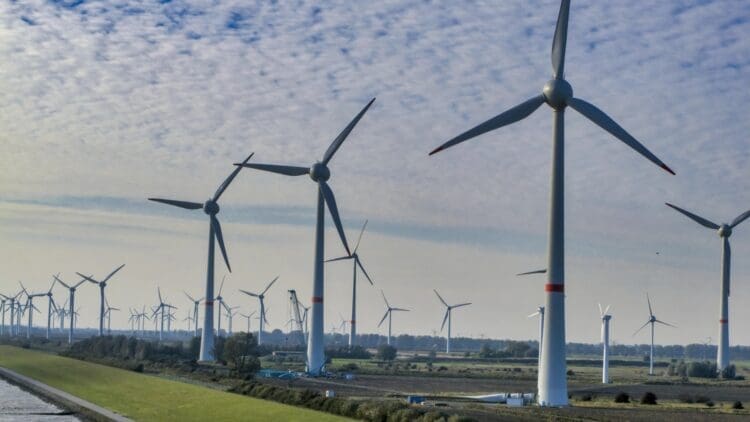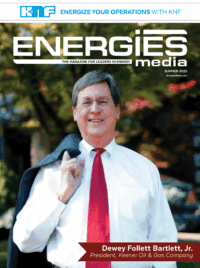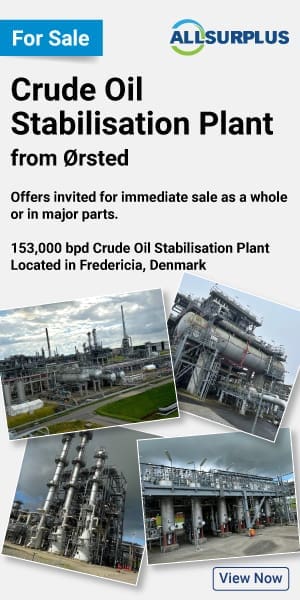In the energy industry, some projects go through the process of public consideration and surveys with little to no difficulty; however, certain projects present a definitive impact on the environment, which is normally met with a wave of backlash from activists and locals. This is true especially for the recent Synergy project in Australia. The state-owned utility has noted that the planned wind project in southwestern WA has received significant pushback from environmental activists and local farmers, leading to concerns over the impact on the local flora and fauna.
Synergy has filed a formal development application with the Australian government for its new wind project
Synergy has become the cornerstone of the Australian energy sector through its vast operations and exceedingly impressive expertise in the unique climate of the Australian energy industry. The proposed wind project would be located roughly 300km south of Perth at Scott River. Having received some substantial pushback from local farmers, the planned project has been referred to the Environmental Protection Authority (EPA).
Crucially, the EPA has noted that it has closed public consultation following the wave of complaints totalling 384 submissions. The EPA will make a decision as to whether the project requires a formal assessment. Moreover, the project has divided the local community, with the vast majority supporting the planned project, but any resistance is still resistance, and the local farming community is split as to whether the project will benefit them or push them beyond the brink.
“The proposed wind farm at Scott River does have the potential to drive some division in attitudes with the local community.” – Synergy’s societal values assessment report
Locals are divided over the project, with half of the residents surveyed showing overwhelming support, while a third of them lamented the planned wind project. The electricity produced on-site will be fed directly to the Beenup substation, powering up Aussie homes and supporting local businesses, while the rest of Australia gets second picking of the remaining energy.
Synergy has stated that it fulfilled all the required feasibility studies and consulted with locals
A company spokesperson has noted that Synergy followed the required procedure of consulting with locals and conducted comprehensive feasibility studies to determine whether the project would pass muster with the government and residents alike. While the rest of the world is falling short in its adoption of the renewable energy sector, Australia has plans to reshape its energy landscape.
EU leaders have been pressed to maintain investments in renewable energy, while they contemplate the future, Australia is fostering growth in wind power capacity. The wind project was taken over by Synergy in 2023, following initial studies conducted by Augusta-Margaret River Clean Community Energy Group (AMRCCE).
AMRCCE’s leadership noted that the project had mitigated a lot of potential environmental impacts, although the pushback from locals points to a different reality altogether.
“They’ve looked at what clearing they’re doing in that space and the potential impact on threatened environmental species and confirmed that they’re doing less than 1 hectare of clearing. They’ve done very thorough studies on bird and bat surveys and they’ve confirmed there’s no black cockatoo nesting sites within that space.” – AMRCCE chair Jessica Worrall
Wind power could save Australia an exceedingly large amount of money if it’s done right
Synergy has noted that it needs to develop alternative power generation sources as it aims to close down all its coal-fired power stations over the next four years. If it can successfully transition to wind power, the expectations are that Australia could save billions in operational costs relating to the energy sector, much like the UK, which has saved over £104 billion in power costs since 2010 thanks to its increased reliance on wind power. Australia needs to diversify its energy sector or face lagging behind the rest of the world.





